Did my second high heat brisket. This one came out like the first, but it could have used more seasoning. The meat was tasty and tender, but I keep thinking there should be more juice in the meat. However all of the pictures of brisket that I have seen look like mine. I think next time I am going to add some liquid to the foiling portion.
Also interested in thoughts about how my brisket sliced. I started with an 8lb flat, and the tip and the top edge were grainy, and crumbled when I cut it. So I cut it off so that I could have a nice section to slice. Thoughts as to why it was grainy crumbly?
Any rate here was my technique.
Cook at 350 for 2 hours (temps varied from 300 to 400 but always got back to 350).
At 2 hours check the temp, it was 170 (I was hoping for 160).
Foil, and cook for two hours until 190. Then check for tenderness.
Total cook time about 4 hours.
Some pics...
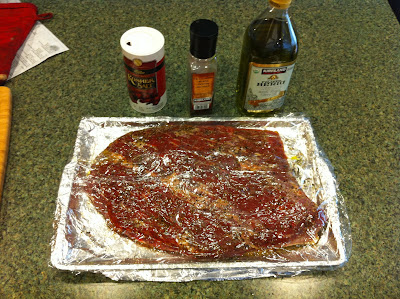
Seasoned with the big three...

On the grill ready to smoke
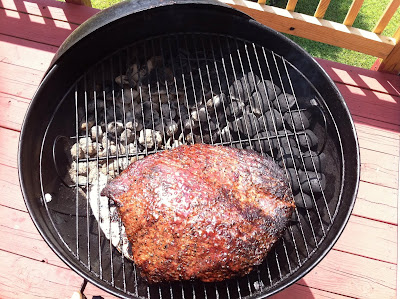
Two hours later at 174 degrees.
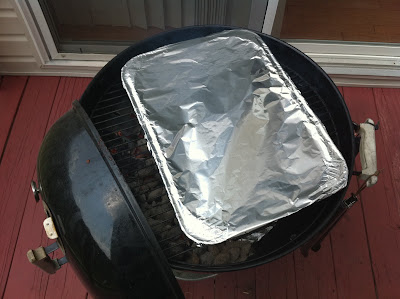
Foiled
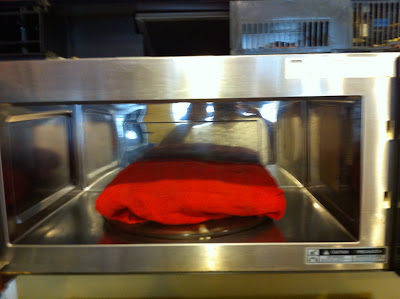
Two hours later after reaching 209, foiled and toweled and left to sit for three hours until the guests arrived.

Finished product notice the ends, and the top. Much more crumbly than the rest of the brisket.
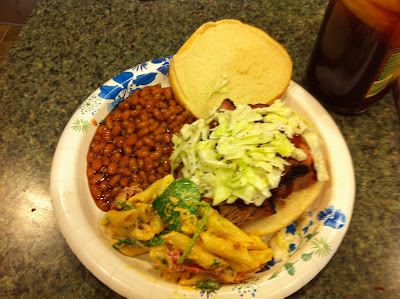
And the payoff... It was a bit off, but STILL tasted great!!!...
Also interested in thoughts about how my brisket sliced. I started with an 8lb flat, and the tip and the top edge were grainy, and crumbled when I cut it. So I cut it off so that I could have a nice section to slice. Thoughts as to why it was grainy crumbly?
Any rate here was my technique.
Cook at 350 for 2 hours (temps varied from 300 to 400 but always got back to 350).
At 2 hours check the temp, it was 170 (I was hoping for 160).
Foil, and cook for two hours until 190. Then check for tenderness.
Total cook time about 4 hours.
Some pics...
Seasoned with the big three...
On the grill ready to smoke

Two hours later at 174 degrees.
Foiled
Two hours later after reaching 209, foiled and toweled and left to sit for three hours until the guests arrived.
Finished product notice the ends, and the top. Much more crumbly than the rest of the brisket.
And the payoff... It was a bit off, but STILL tasted great!!!...
